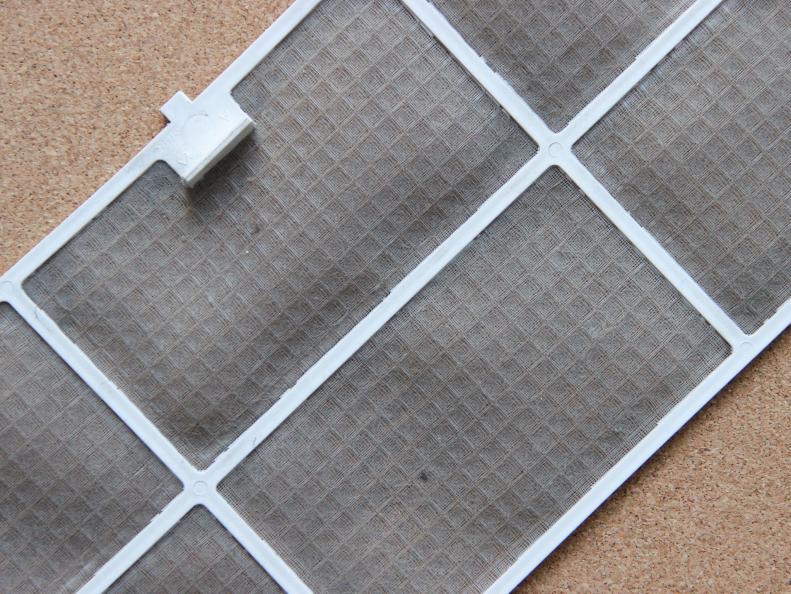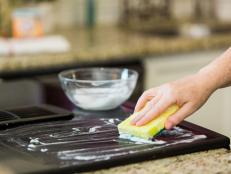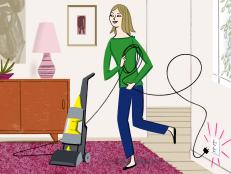1 / 9
Air Filters
When the air in your house is being circulated through an air conditioner, it pays to clean out the filter regularly. If it’s been a while, brace yourself, these hardworking filters can accumulate quite a coating of dust, pollen and debris. For HVAC units, change the filter every three months. Two months if you have pets. And every 30 days if you have allergies. For window units, shake out dust and wash the filter. Allow the filter to dry completely before placing back in the air conditioner so it doesn't mold.












